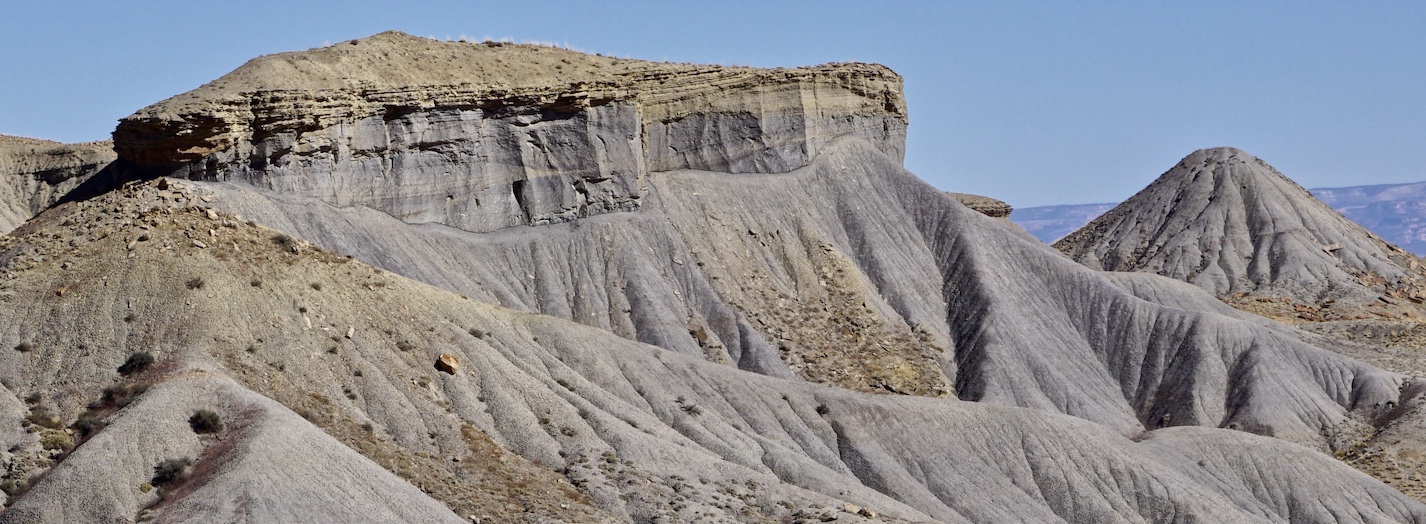
Delta-Linked Deepwater Depositional Systems
Course Details
This field trip + core workshop compares three very different deepwater depositional systems that have one thing in common – they are linked to a delta. The first of these represents a mud-rich end member and was deposited in a distally steepened outer ramp several 10s of kilometers from the coeval shoreline. The second represents coarse-grained fan delta deposits and their sub-aqueous counterparts. The third system is not visited in the field but at the United States Geological Survey in Denver as a series of closely spaced well cores and represents a sand-rich shelf margin delta. Teaching objectives are for participants to celebrate the diversity in geometry and dimensions of deepwater channels and lobes. We will be showing several seismic, log, borehole images and core examples at every stop such that participants can relate what they see in outcrop to the day-to-day tasks around the office such as picking horizons, mapping, and correlation. This course is particularly relevant for those of you working turbidite reservoirs that are fed by a delta up-slope such as the Lange, Lysing, or Knurr of the Norwegian Continental Shelf, the Sembar and Lower Goru in Pakistan, or the Wilcox in the Gulf of Mexico. If you are based in the US and want a shorter version with a greater emphasis on seismic stratigraphy, here’s another option.
Please bear in mind that this is not a field-trip focused on delta front collapse – if that is what you are interested in we can create a tailor-made field trip for you.
Who Should Attend
• Geologists
• Geophysicists
• Petrophysicists
• Engineers
This course is meant for all who are working on deepwater reservoirs in an exploration or development capacity. This course is particularly useful for those interpreting seismic data on a daily basis.
Need more information?
Course Outline
Day 1
You will be arriving the day before at Canyonlands Field Airport in Moab, Utah and we will be picking you up and checking you in to your hotel. The next morning we will begin with a safety briefing,
orientation to the field, lecture on Deepwater lobe beds, lobe elements, lobes, lobe complexes and fans (hierarchy), axis vs fringe facies, architecture, evolution, recognition in outcrop, core, well-logs, and seismic.
In the field, you will get to see a perfect cross-section through a deepwater lobe where you get to see bidirectional pinching out and thickening along the axis in one sweeping view. At this spectacular location, we will have participants compare observations from an outcrop with real sub-surface data from basins across the globe. Participants will gain an appreciation for compensation stacking at every scale.
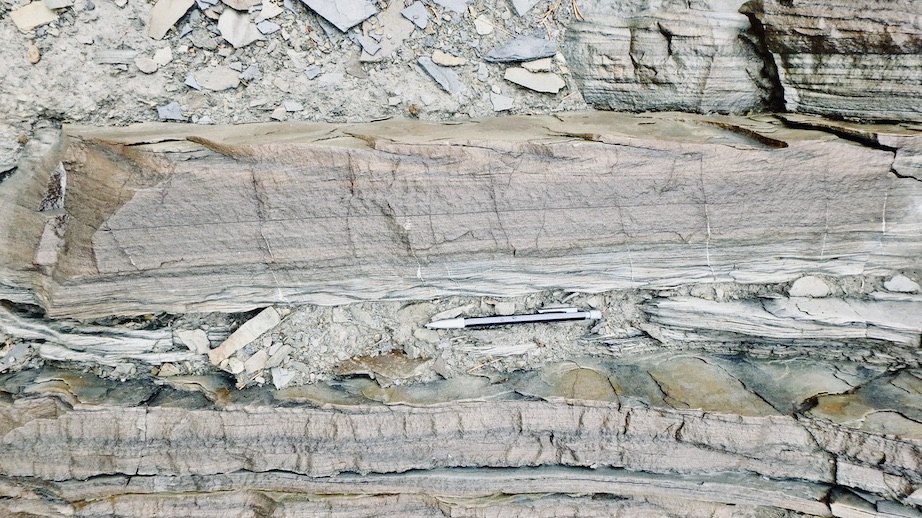
Day 2
Lecture on Deepwater Channel storeys, elements, complexes and complex sets (hierarchy), fill, architecture, evolution, channel-axis vs channel-margin facies, recognition in outcrop, core, well-logs, and seismic.
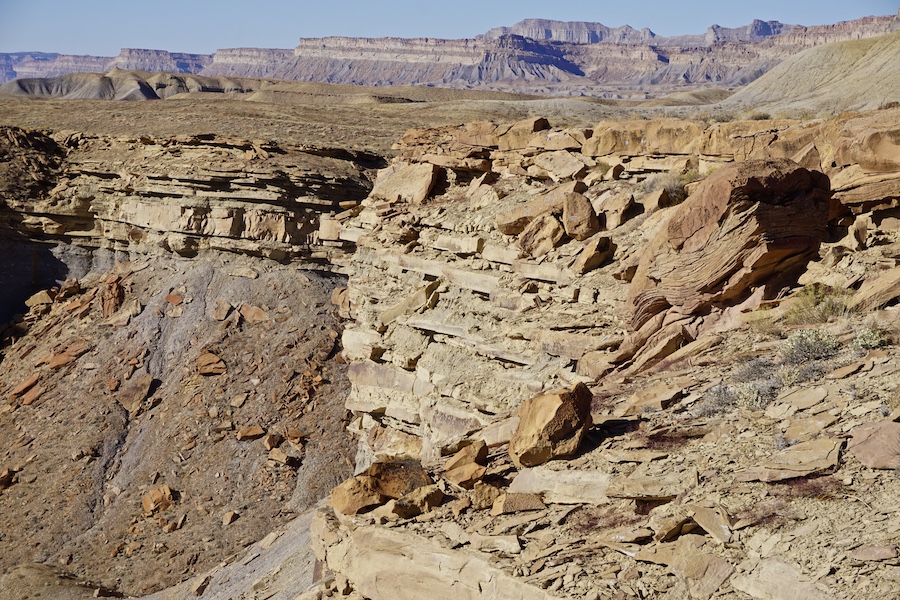
Day 3
Lectures on homo, hypo and hyperpycnal flows and tendency of certain rivers to produce hyperpycnal flows on a regular basis whereas others cannot.
We will then drive to look at coarse-grained high-gradient deepwater systems and the fan deltas that feed them.
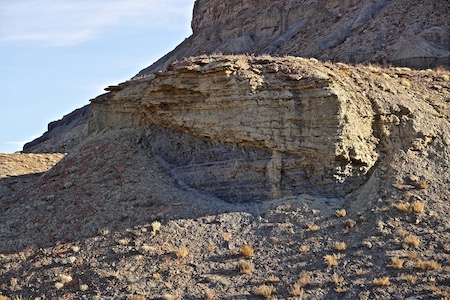
Day 4
Lectures on the process sedimentology of deepwater deposits: we will cover turbidites vs debrites, hybrid beds, and how facies associations can be used to determine whether your well has been drilled in axial vs marginal location of a channel or lobe.
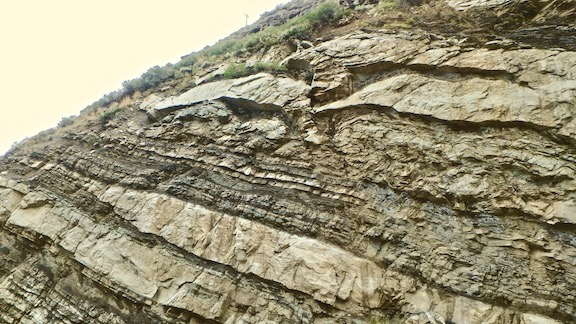
Day 5
We will cover deepwater hierarchy and how to organize stratal packages into channel storeys, channel elements, channels, channel complexes for confined and lobe elements, lobes, lobe complexes, and fans for unconfined systems.
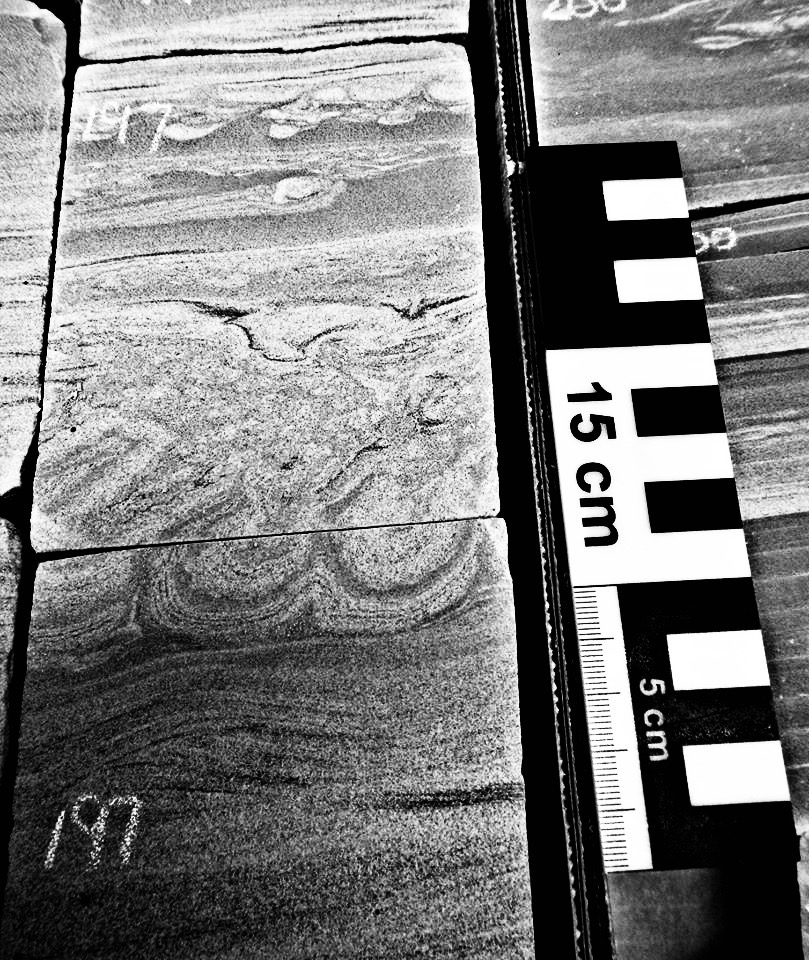
The arrival airport for this field trip is in Canyonlands Field Airport in Moab, Utah, and the departure airport is from Denver International Airport, Colorado
The field trip will run between May 1-4, 2023 and costs $6500/person*. This cost is all-inclusive and includes 5 nights hotel stay, all meals, snacks and drinks, field vehicles, fuel, permits, guidebook, exercise materials, and tuition.
A 5% service fee is added to credit card payments. This fee can be avoided by sending a wire transfer or check.


